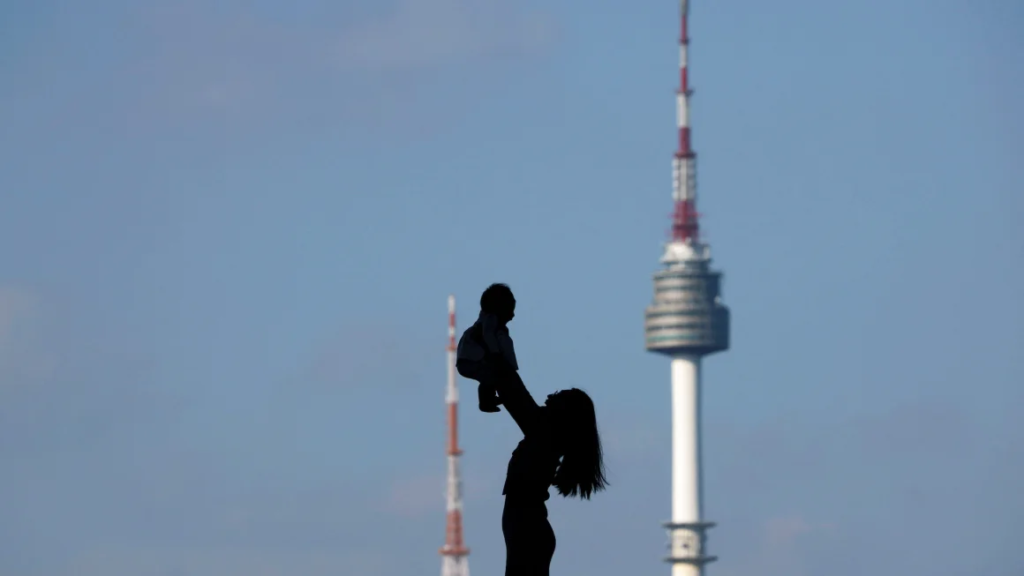
The South Korean government has warned that the country’s population is on track to plummet to 1970s levels by the end of the century. This is due to a combination of factors, including low birth rates and an aging population. Other contributing factors include high socio-economic pressures that discourage young people from having children.
South Korea, is known for having the world’s lowest birth rate. The country is about to witness an even steeper decline in the coming years. The nation’s overall population is expected to drop to levels not seen since the 1970s.
This new data highlights a significant issue faced by South Korea, as well as other East Asian countries like Japan and Singapore. These nations are grappling with rapidly aging societies, only a few decades after their remarkable industrialization.
According to Statistics Korea, South Korea’s total fertility rate, which measures the number of births per woman in her lifetime, is predicted to decrease from 0.78 in 2022 to 0.65 in 2025. In a worst-case scenario, this rate could plummet to as low as 0.59 births per woman by 2026.
While there is hope for a gradual increase to 1.08 by 2072. It remains far below the 2.1 births per woman needed to sustain a stable population without relying on immigration.
Although many European countries also face aging populations, they are offsetting the effects through immigration. South Korea, Japan, and China have largely avoided mass immigration as a solution to their aging workforce challenges.
With limited immigration, South Korea’s total population is expected to decline from 51.75 million in 2024 to 36.22 million, a level last seen in 1977, according to Statistics Korea. In a worst-case scenario, the population could drop to 30.17 million, the same as in 1967.

Drastic Downgrade
Regardless of the estimate used, South Korea is heading towards becoming an aged society by 2072. The median age is projected to rise from 44.9 in 2022 to 63.4 in 2072. Moreover, the annual number of newborns in the country is anticipated to decrease from 250,000 in 2022 to 160,000 in 2072, marking a 65% decrease.
South Korea’s birth rate has been declining since 2015. In 2020, the country recorded more deaths than births, a trend that persists to this day.
Similar demographic declines are being observed in other Asian countries such as Japan and China. Sparking concerns about having an insufficient working-age population to support the growing elderly demographic.
Experts attribute these demographic shifts to factors including demanding work cultures, stagnant wages, rising living costs, evolving attitudes towards marriage and gender equality, and growing disillusionment among younger generations.
Meanwhile, North Korea is also expressing concerns about its population. Kim Jong Un, speaking at a national conference of mothers in Pyongyang, urged the country’s women to address the declining birth rate by “giving birth to many children“. He stated that doing so demonstrates patriotism and accelerates the nation’s efforts to build a powerful socialist country.

